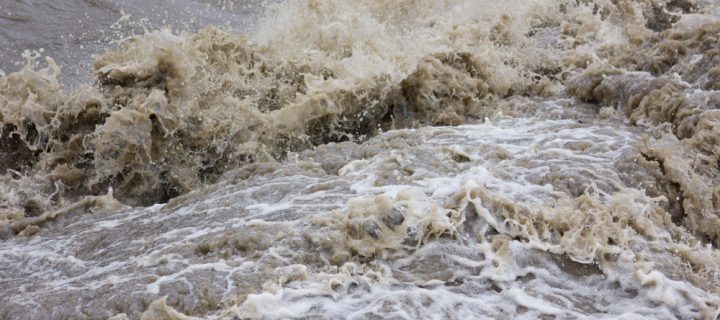Get to safety and if you can’t, get on the roof.
The new headlines are making it clear: flooding is certainly a global problem. Just days before this writing, a deadly flash flood hit Colorado and New Mexico. Recently, China’s Henan province was inundated with water that poured into subway stations and homes, trapping those inside, causing many people to die. And in Germany, Belgium, and the Netherlands so much flooding happened that trains, homes, and entire roadways were swept away, claiming tens of lives, if not hundreds.
Climate change is said to be intensifying weather across the world, exacerbating the extremes. While you can’t control the skies, you can take certain steps to protect yourself in the event of a flood. Here’s how.
What is a Flash Flood?
By definition, a flash flood is flooding that starts within 6 hours of a heavy rainfall. It also often occurs faster than this, however, and so be on the lookout. Flash flooding can happen anywhere but it tends to occur more often in urban places, compared with the countryside. This is because in cities, the water has trouble seeping into the ground with buildings taking up space and roads, sidewalks, and parking lots paved over. The surfaces are too hard.
Related: This Study Says Stress Can Turn Your Hair Grey and It’s Reversible
Flash floods typically happen so fast that people are caught by surprise and may not have enough time to seek dry land. Rainfall can swell tiny streams into raging torrents and happen in the least-suspected of places.
How to Protect Yourself
In the face of a flood, your first line of defense is to evacuate. If your government authorities tell you to get out because a lot of rainfall is expected and your area can flood, do it. Get out of town. In Germany’s recent flooding, reports indicate many people heard the warnings but did not believe them or heed them.
Resist the urge to drive through flood water. The water can suddenly rise and drown you in your car. Just one foot of water can sweep your vehicle away.
Also, if you can avoid it, don’t walk or swim through the water. Obviously, if you can do this to get to dry land, you may risk it. But if waters have already risen, experts say you should stay put and wait for help. This is because flood waters can be contaminated with sewage and other health concerns. You could survive the flood but get quite sick from exposure to the water.
If yo find yourself in water in a car, get out of your car if water is rising in it. Stay inside it, however, if water is moving rapidly around your car but not rising. You don’t want to be washed away. Get on the roof of your car or building if you need to. Don’t climb into an attic to avoid rising waters. You can get trapped and drown.
Stay safe and listen to the weather report each day. Look out for severe forecasts and act accordingly.












